Designer Insights:
A Q&A with Sarah Fox of Fox Interior Design
This month, we speak with Sarah Fox, founder of Fox Interior Design, which she launched in 2000 after working on some of the most glamorous homes in Los Angeles.
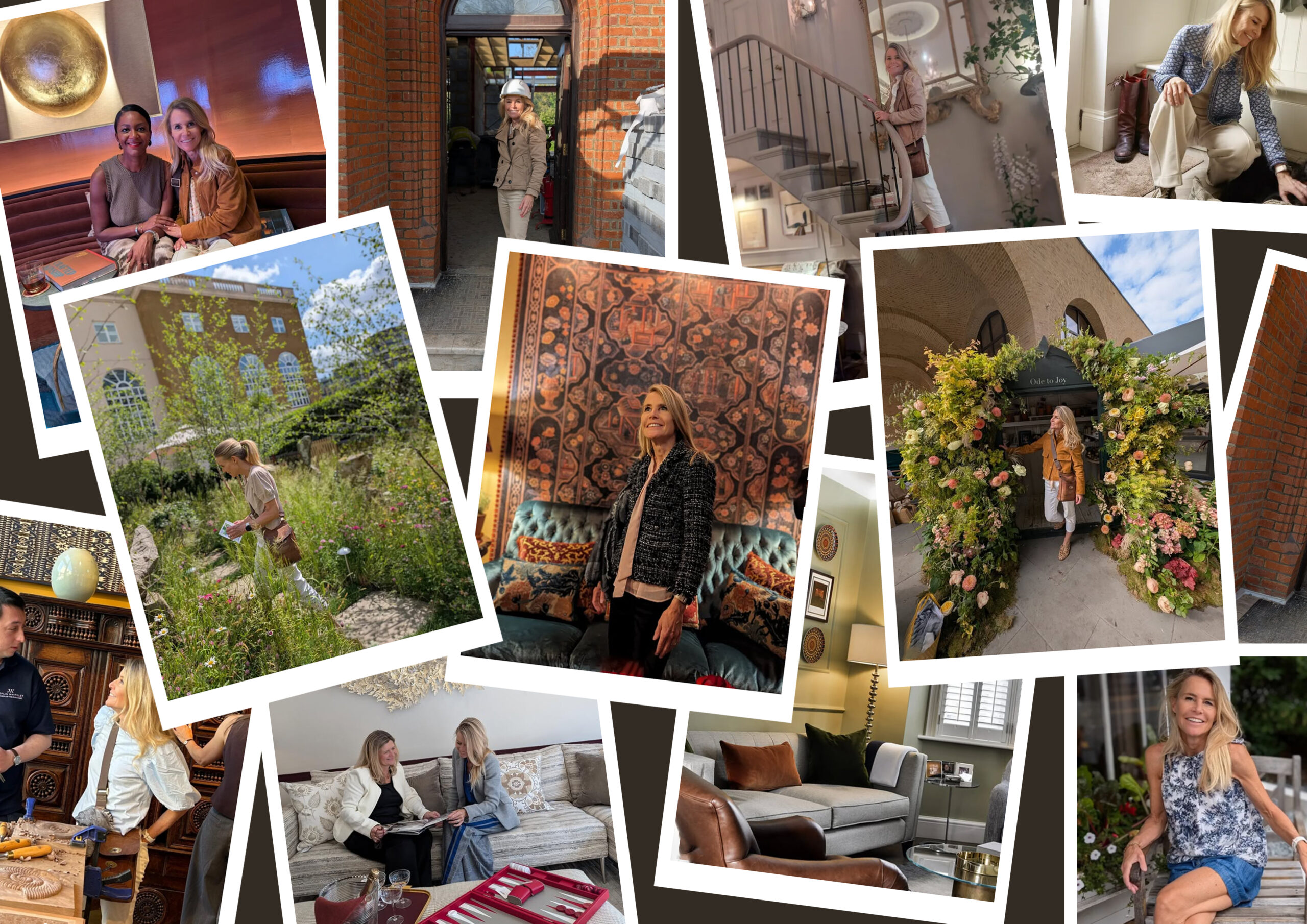
Sarah, we’ve admired your work for many years and are continually inspired by how your interiors seamlessly blend classic and modern aesthetics. When did you first realise that interior design was your passion, and how did you go about developing your own unique style within this classic-meets-modern approach?
SF: I come from a family of artists, but I was always drawn to architecture and interiors, so studying Interior Design at art school felt like a natural path. My style has evolved organically through experience and collaboration — my clients influence my work as much as I do. Because most of my projects are based in London, a classic contemporary aesthetic tends to suit the architecture here, but I always aim to create something timeless and personal.
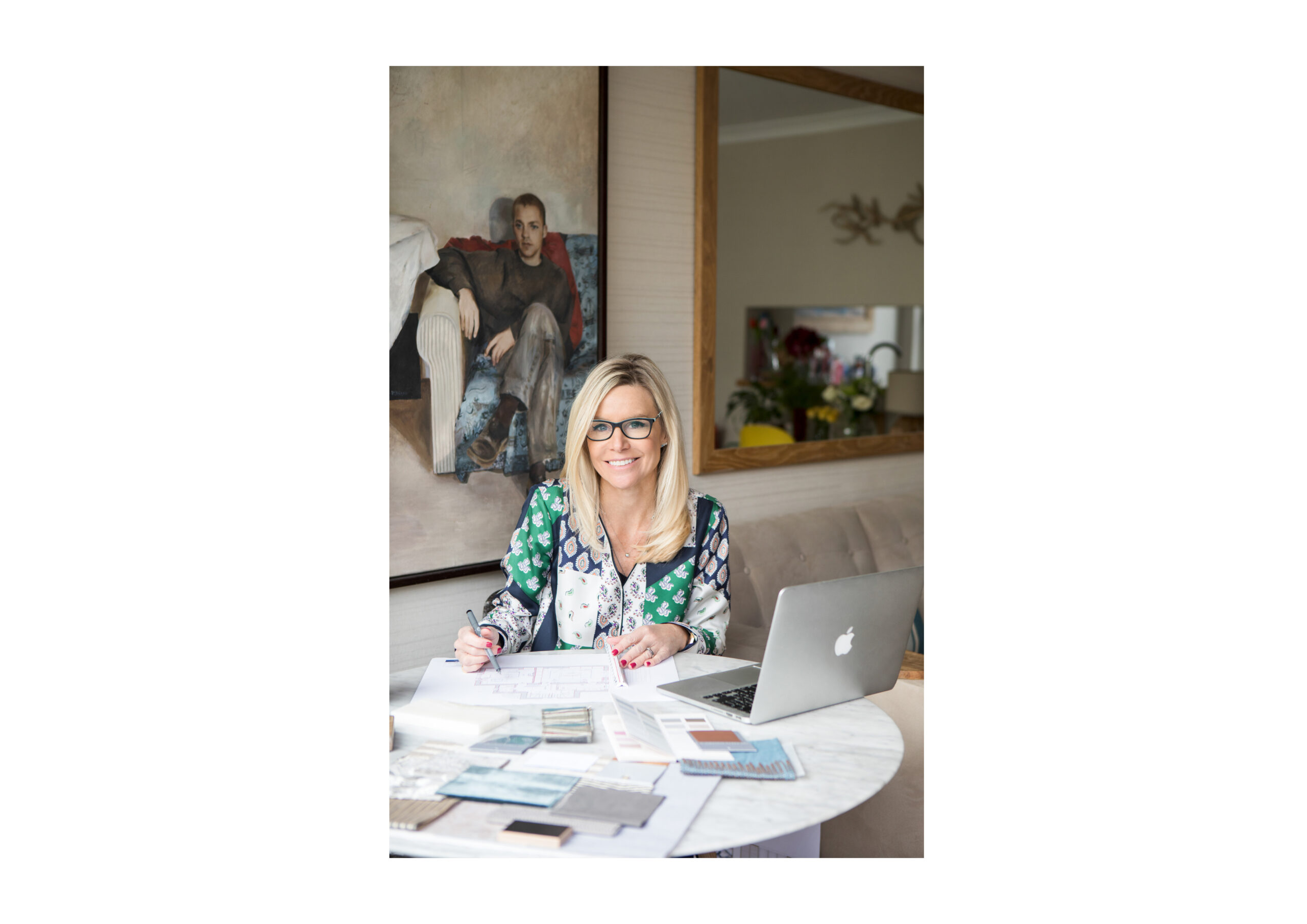
Following your degree in Interior Design from Edinburgh College of Art, you trained at both Colefax and Fowler and Todhunter Earle Interiors. How did those experiences shape you as a designer?
SF: They were formative experiences that gave me a deep understanding of the English interior design tradition. Both firms are iconic in their own right, and working with them taught me not only about layering and elegance, but also the practical side of running a successful studio.
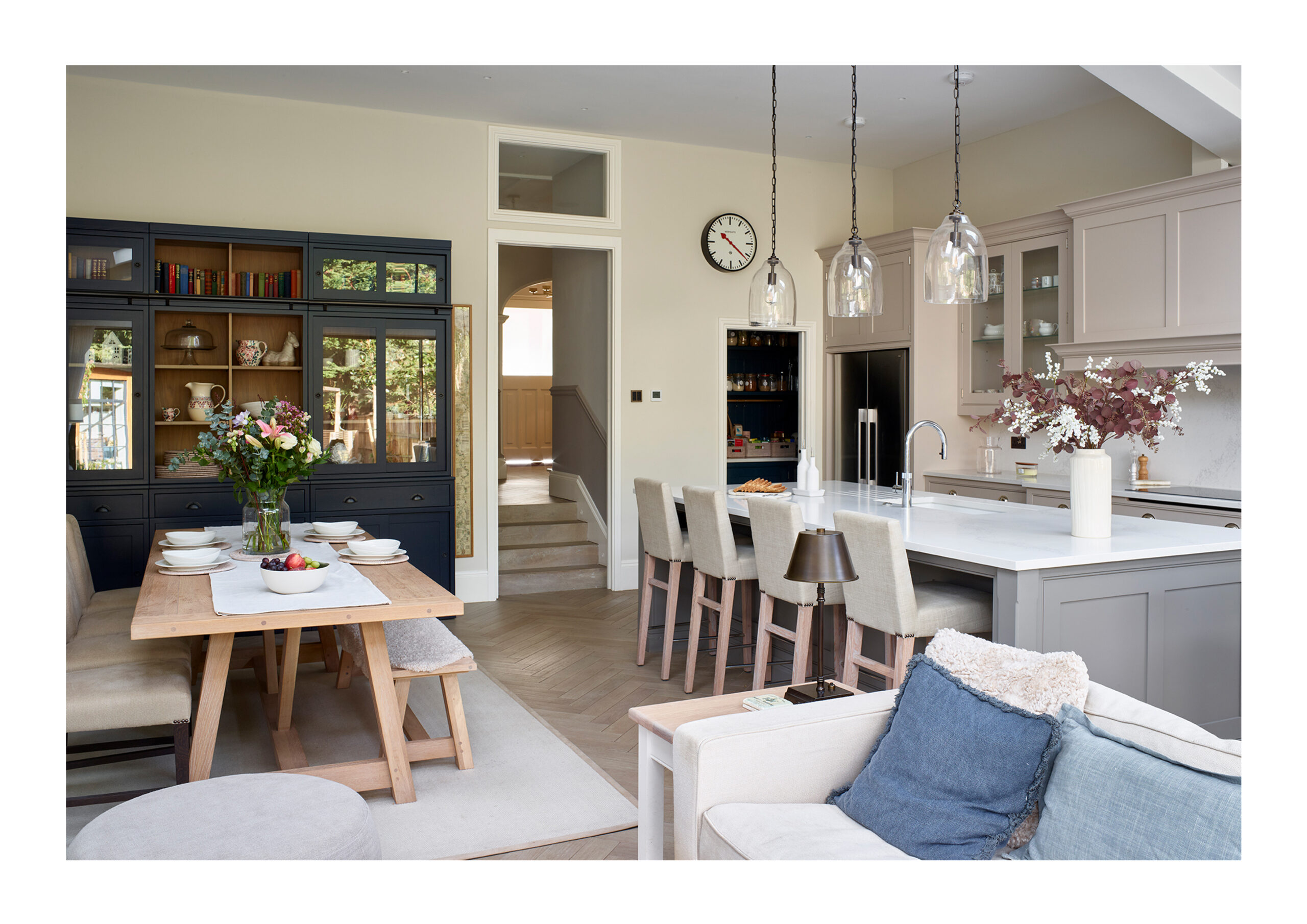

Your Instagram bio reads: “Creating beautiful, timeless interiors that function brilliantly.” Why is functionality just as important as beauty in your design process? Are there areas of a home where longevity is particularly important?
SF: As a mother with a busy household, I’m very conscious of how interiors need to work just as hard as they look good. Functionality is crucial — design isn’t just about aesthetics, it’s about how people live. Creating a timeless foundation is key, and then I layer in furnishings and finishes that are durable and family-friendly. That’s why I often turn to Chase Erwin’s Ultrasuede and faux leathers — they’re beautiful, but also incredibly resilient.
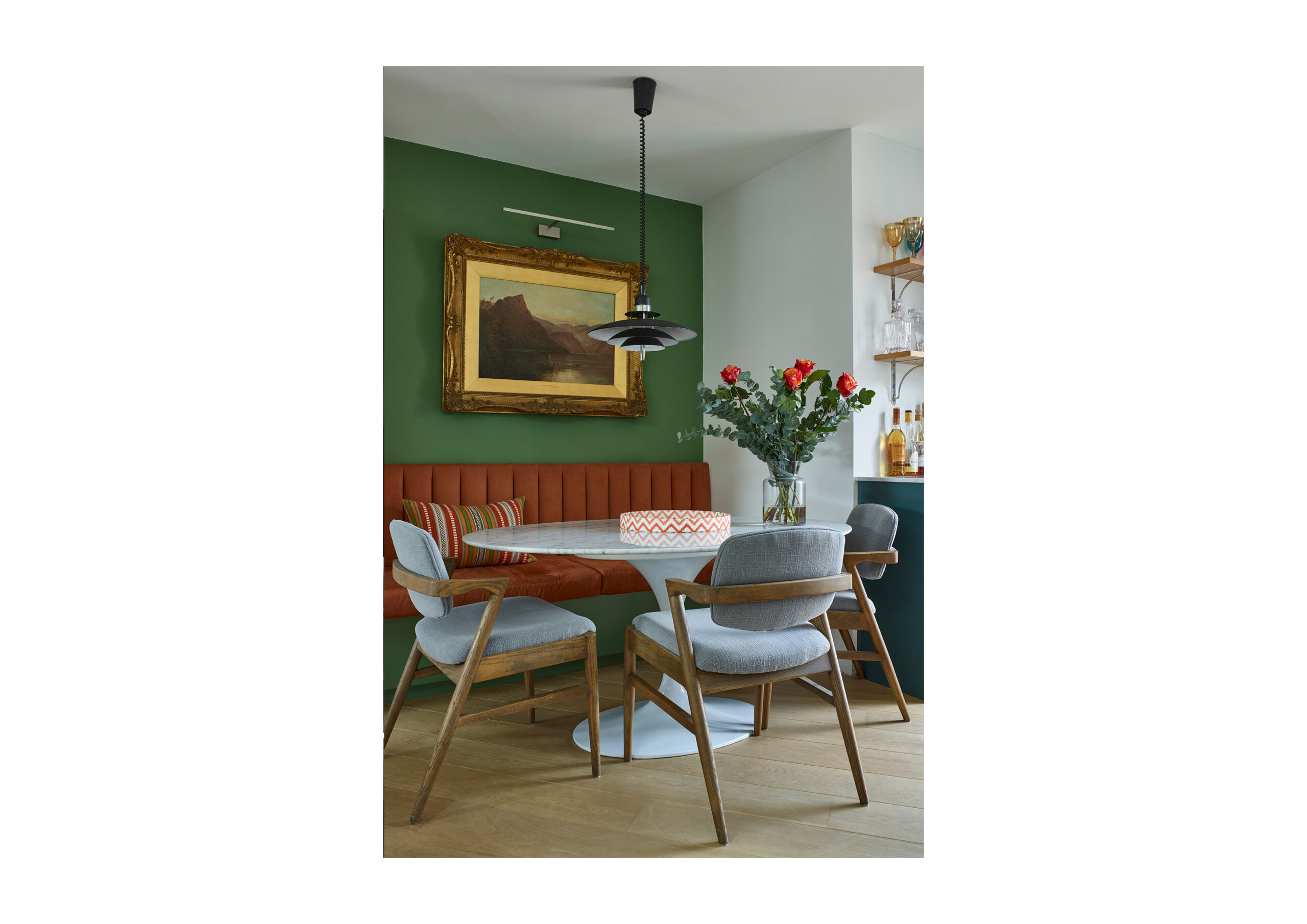
We’ve loved seeing Chase Erwin fabrics used in many of your projects. What do you look for when selecting fabrics for upholstery, drapery and accessories? Are there any Chase Erwin favourites you return to time and again?
SF: I’m drawn to Chase Erwin’s carefully curated collections — your palettes are beautifully muted and sophisticated, which fits seamlessly with my design approach. I appreciate how you offer different textures within the same tonal range, which allows for subtle layering. My go-to fabrics include Chase Erwin linens, Ultrasuede, Still, Molecule, and lately I’ve really enjoyed using the Birch and Willow from the Arden Collection.

You returned to London after working on glamorous properties in Los Angeles, including homes for Brad Pitt and Winona Ryder. What are some of the differences you’ve noticed between design in LA and the UK, and how much does climate influence your approach?
SF: Working in LA was a real eye-opener in terms of how the design industry operates and how lifestyle informs architecture. Personally, I’m drawn to mid-century West Coast style — think 1950s pool houses — but many of my LA projects were more traditional, often Colonial Spanish homes. Interestingly, clients in LA often wanted to bring in an English sensibility — a sense of pattern and character.
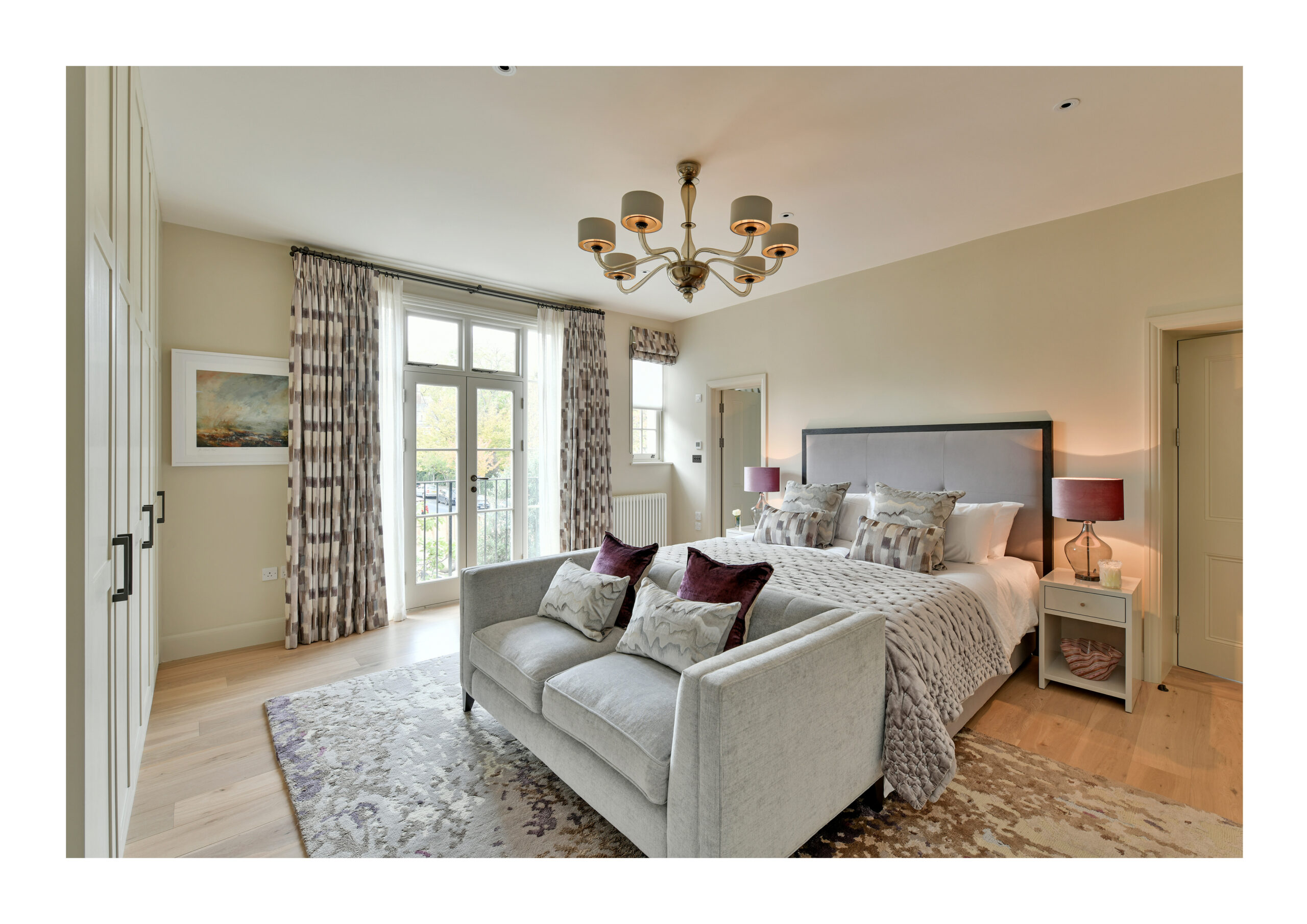
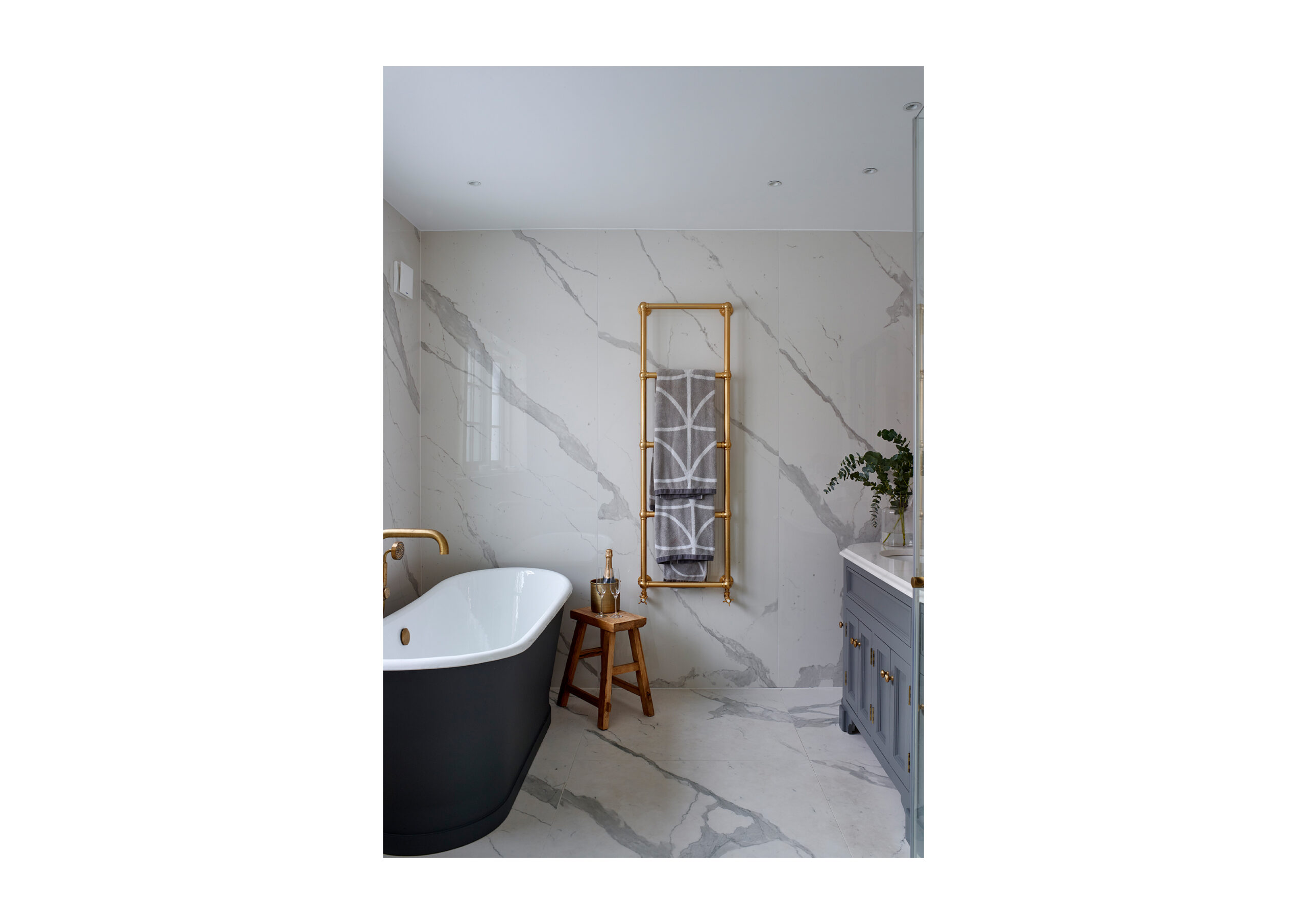
Climate definitely influences design. In warmer places like LA, light linens and cottons make sense, but even there, cooler evenings mean wools and velvets still play a role. Air conditioning has also changed things, making it easier to design for year-round comfort. In contrast, our Meribel chalet project lent itself to tactile, luxe fabrics that reflected the colours of the landscape outside and also created a cosy interior for apres-ski evenings by the fire.
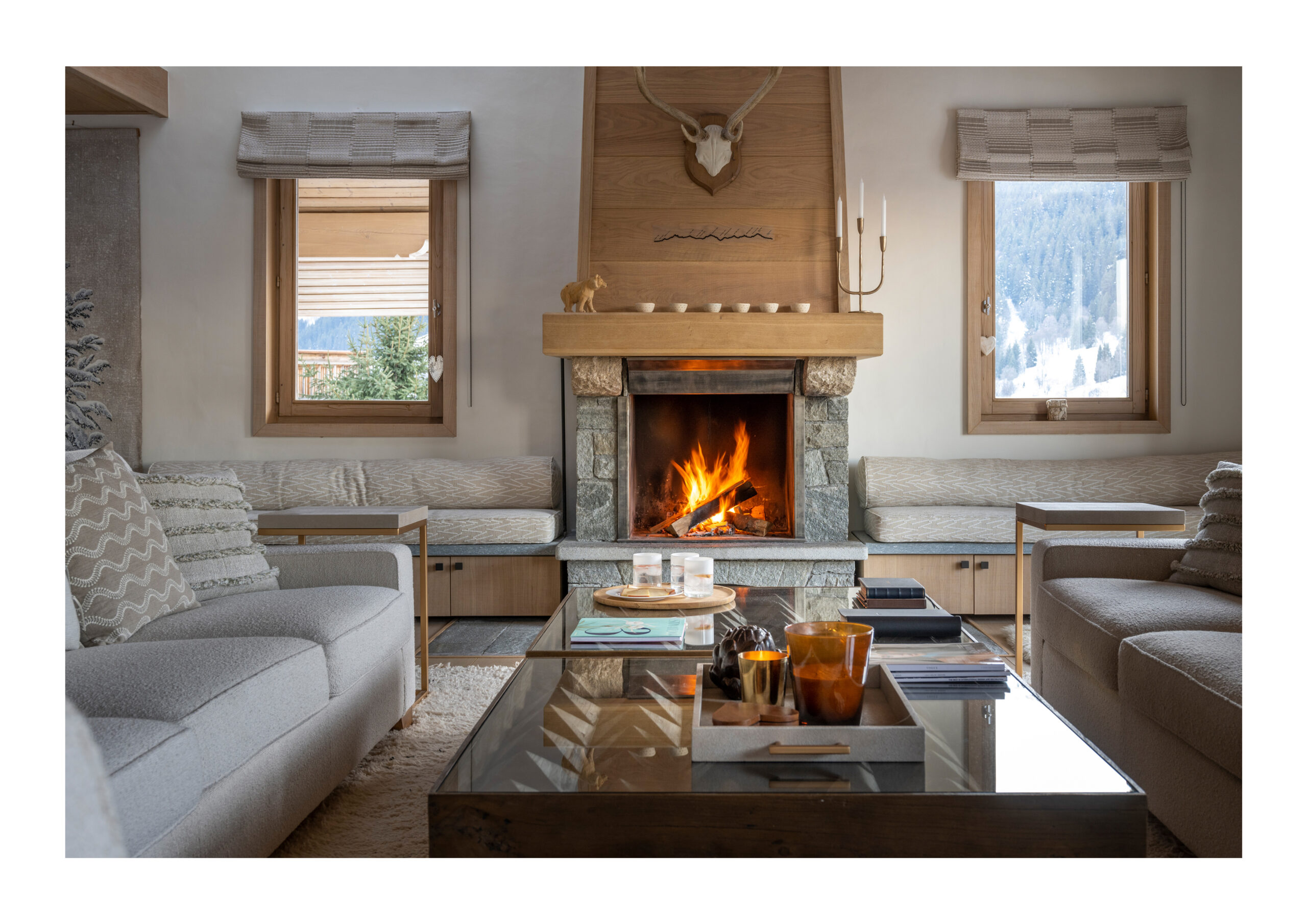
When managing all aspects of a project — from concept to completion — how do you ensure everything stays on schedule? What strategies do you use to overcome challenges on site?
SF: Organisation is key. I always try to stay one step ahead and anticipate what’s needed on site. Years of experience have taught me how important it is to collaborate closely with the entire project team — architects, contractors, tradespeople, and of course, the client. Clear communication builds trust, which is essential for keeping things on track and problem-solving effectively when challenges arise.
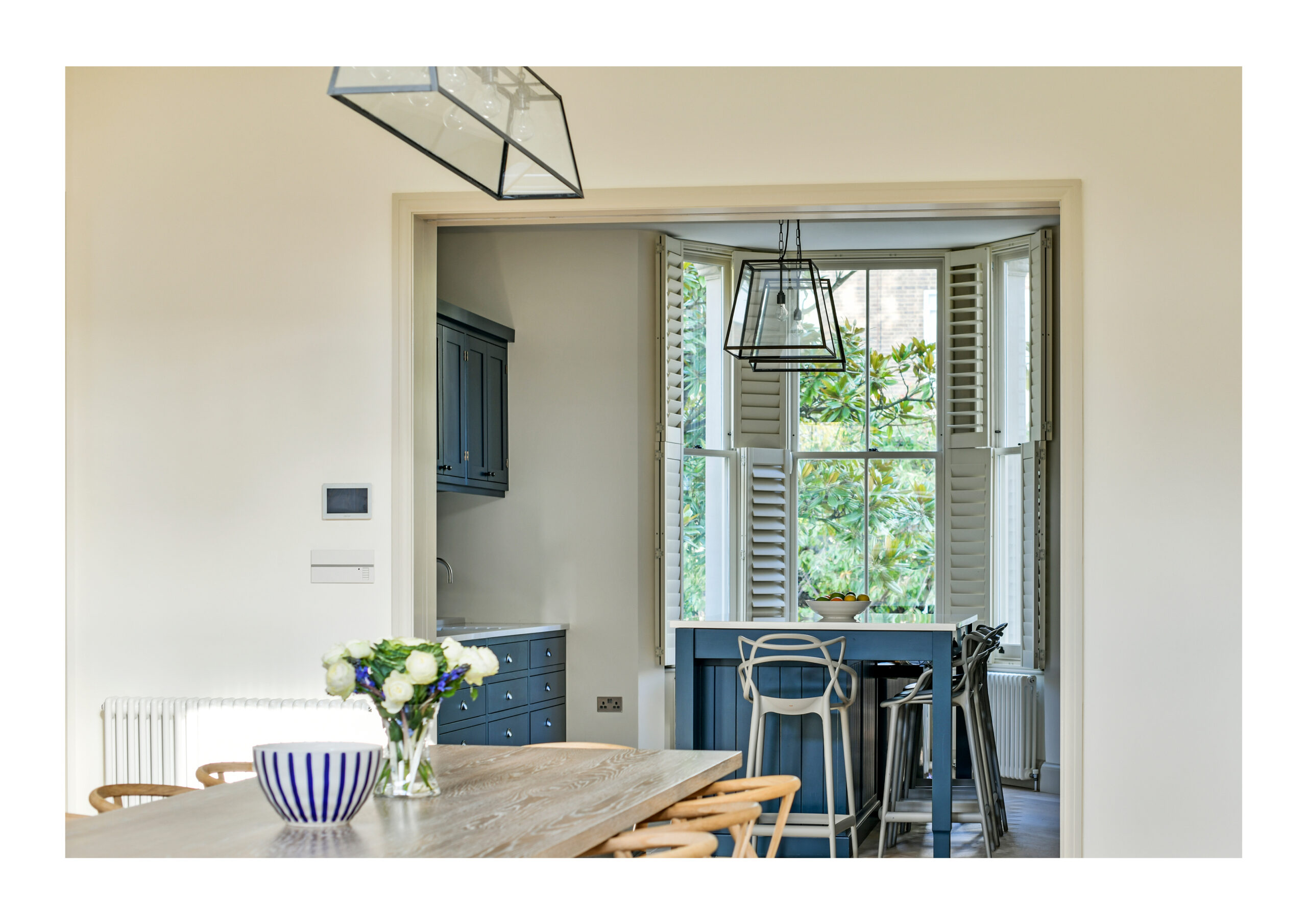

Are there any projects you’re particularly proud of, or buildings you dream of renovating one day?
SF: I’m proud of all my projects — each one is the result of a close collaboration between my vision and the client’s unique needs. That said, I especially enjoy designing family homes, where my practical experience really shines. Interestingly, I started my career studying landscape architecture, so one dream is to create a home that fully integrates inside and outside living — plenty of alfresco space and a garden where I can get creative again!
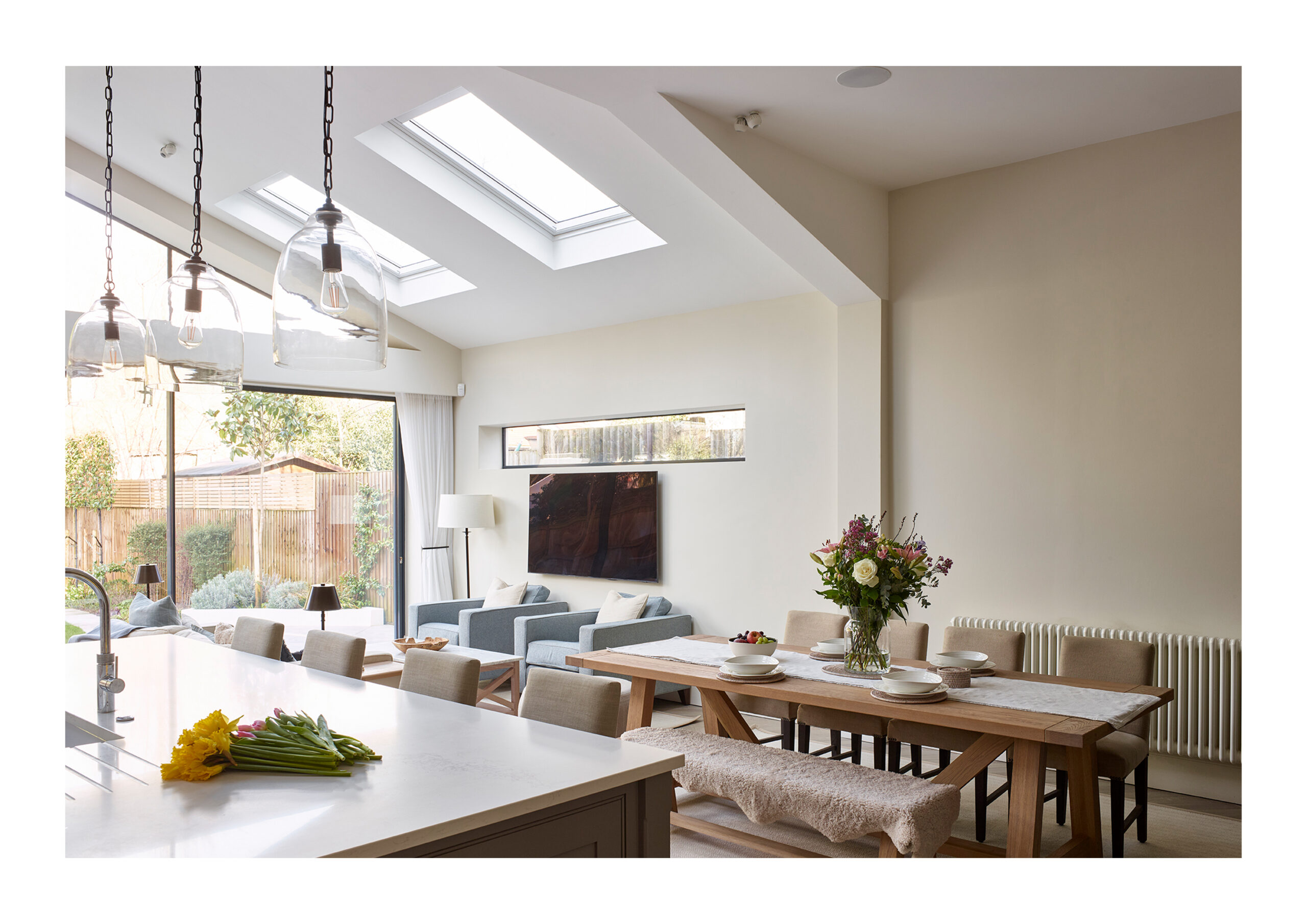
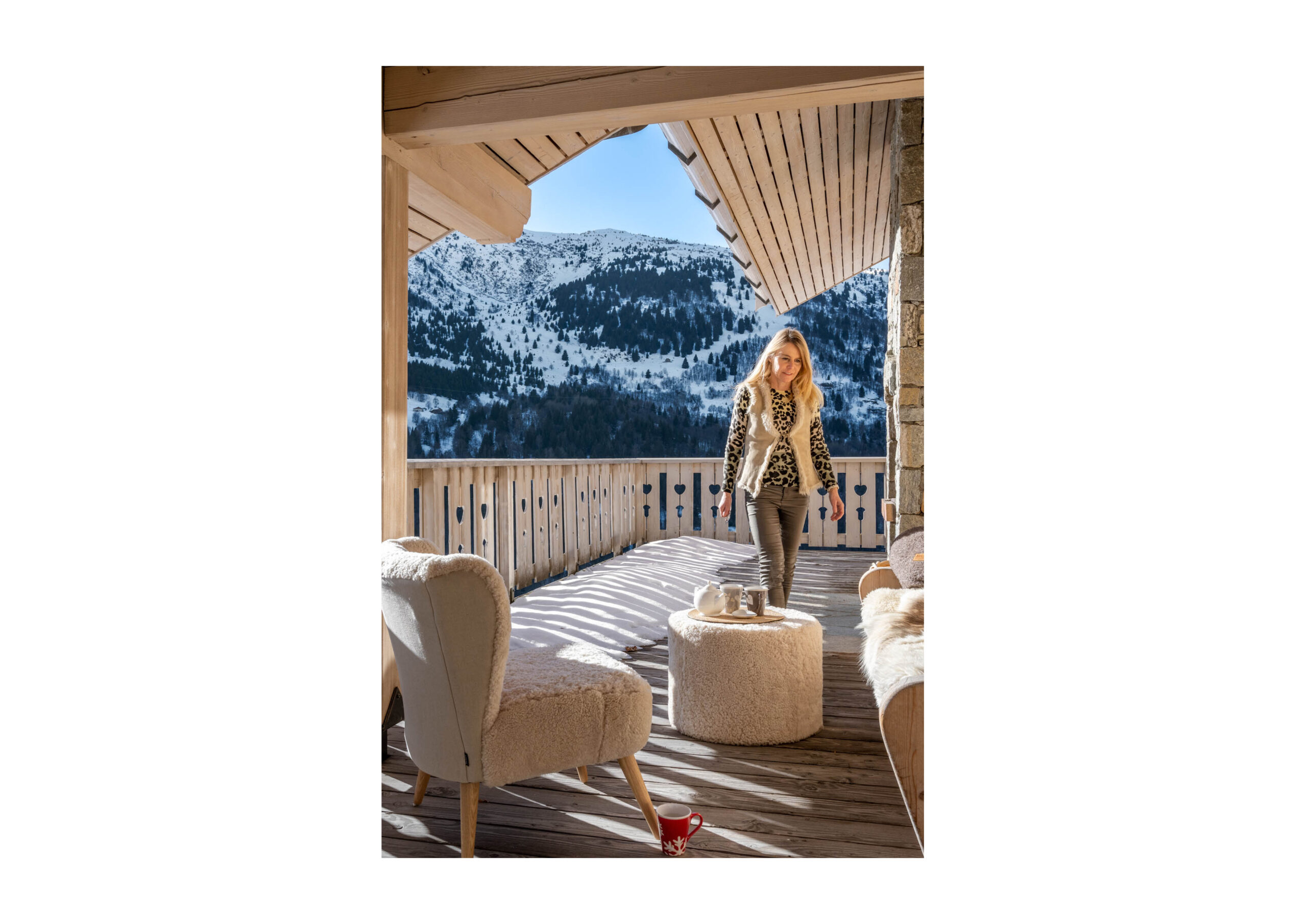
Sarah, thank you for taking the time to share your thoughts with us. We’ve been inspired by the considered, timeless approach of Fox Interior Design and have thoroughly enjoyed learning more about the vision and creativity behind your work.
To learn more about Fox Interior Design, visit foxinteriordesign.com and follow them on Instagram @foxinteriordesign.
Image credit: Fox Interior Design
